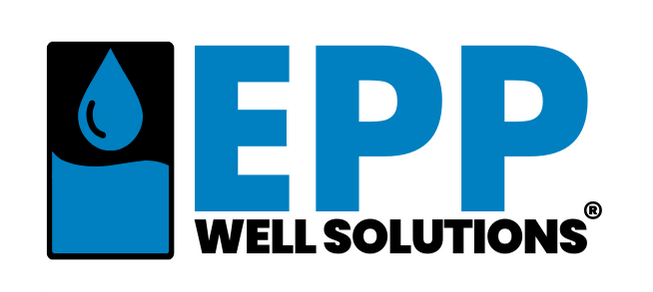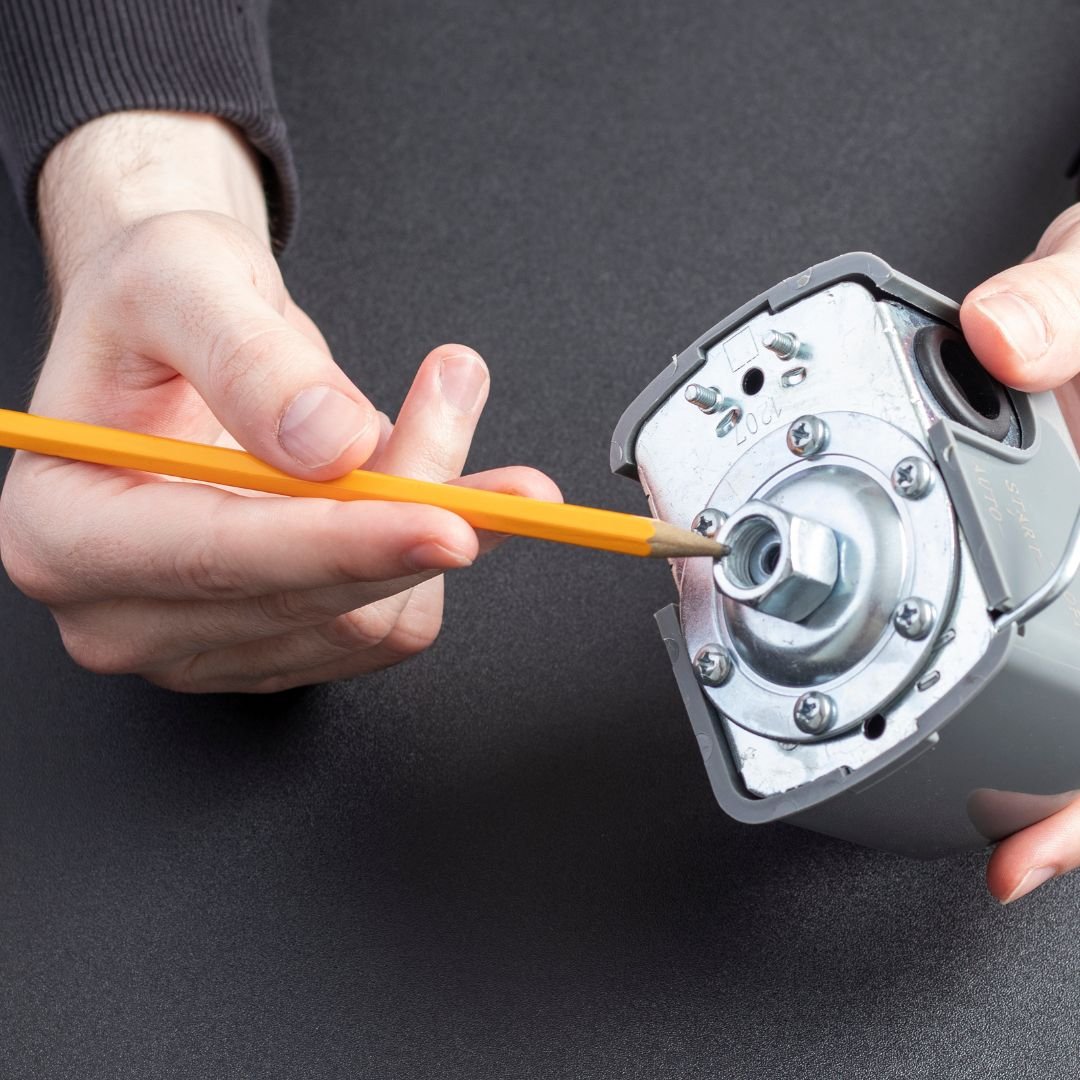How Automatic Water Draw Adjustment Works in Well Systems
A well system is the heartbeat of a home for those who rely on it, delivering water for everything from drinking to gardening. But when groundwater levels shift—due to drought, seasonal changes, or low well volume—traditional pump controllers often falter, risking overpumping, dry running, or water shortages. Automatic water draw adjustment, a standout feature in advanced systems like the Epp Well Solutions Low Yield Well System, transforms this challenge by dynamically managing water extraction in real time. This article breaks down how this technology operates, its game-changing benefits for your well system, and why it’s a must-have for homes with limited water supply.
The Limitations of Traditional Well Controllers
Running a well system is tricky because groundwater isn’t a fixed resource. Factors like seasonal rainfall, nearby construction, or natural aquifer changes cause water levels to fluctuate, especially in low-yield wells. Basic pressure switches, the most common controllers, use fixed cut-in (30-40 PSI) and cut-out (50-60 PSI) pressure thresholds to start or stop the pump, ignoring real-time water availability. Timer-based systems offer more control but require manual recalibration to avoid overpumping, a hassle for busy homeowners. Pump protection devices, while helpful, only kick in after water levels are gone, failing to prevent initial damage. These shortcomings make it clear: a smarter, adaptive solution is needed to keep a well system reliable.
What Automatic Water Draw Adjustment Does
Automatic water draw adjustment is a high-tech feature that lets a well system respond instantly to changing water levels. Unlike rigid traditional controllers, it uses sensors and a smart computer to monitor the well’s condition continuously. By analyzing data like backpressure, which indicates available water, the system calculates how much water can be safely drawn without depleting the well or stressing the pump. When levels drop too low, it automatically pauses pumping, giving the aquifer time to recharge. This real-time adaptability prevents overpumping and ensures the well system delivers water efficiently while protecting its long-term health.
The Technology in Action
The process behind automatic water draw adjustment is both precise and user-friendly. In the Epp Well Solutions Low Yield Well System, a pressure sensor measures backpressure to gauge water levels, sending this data to a smart controller. The controller, essentially a computer, processes the information instantly to adjust pump activity. If backpressure signals low water, indicating a risk of overpumping, the pump pauses until levels recover. The system also conducts seasonal optimizations, analyzing water trends to fine-tune its settings—harvesting more water in wet seasons and conserving during dry ones. This makes it especially effective for wells with low well volume, where water is scarce and fluctuations are common.
Key Components Powering the System
The success of automatic water draw adjustment hinges on a few critical components working in harmony:
Pressure Sensor: Measures backpressure to monitor water levels in real time, providing accurate data to guide pump decisions.
Smart Controller: Analyzes sensor data to adjust pump operation, incorporating seasonal optimizations for peak efficiency.
Touch Screen Interface: Shows pump status, tank levels, pressure readings, and usage trends, giving homeowners clear insights.
Booster Pump: Pressurizes water from the storage tank(s) for consistent household flow, with built-in dry run protection.
Self-Diagnostic System: Detects and alerts users to potential issues, reducing maintenance needs and preventing breakdowns.
These elements create a fully automated well system that prevents overpumping while ensuring reliable water delivery.
Benefits for Low-Yield Wells
For homeowners with low-yield wells, automatic water draw adjustment is a lifeline. It prevents overpumping by keeping extraction within safe limits, preserving the aquifer and avoiding dry wells. By halting the pump before water levels become critical, it protects against dry running, extending pump life and cutting repair costs. Seasonal optimizations maximize water harvesting, ensuring ample supply for showers, cooking, or irrigation, even during peak demand. The system’s self-diagnostic features catch issues early, minimizing downtime. Best of all, its automation eliminates manual adjustments, delivering consistent water flow and peace of mind for busy households.
Standing Above the Rest
Traditional controllers can’t match the intelligence of automatic water draw adjustment. Pressure switches, with their fixed settings, risk overpumping by ignoring groundwater shifts. Timer-based systems require constant tweaking to stay effective, which is impractical for most. Pump protection devices, while better, only act after the well is nearly dry, allowing some damage to occur. This technology, by contrast, proactively prevents issues, adapting to real-time conditions without user input. For low-yield wells, it’s a perfect fit, ensuring water availability without compromising the well’s health. The touch screen interface adds transparency, letting users track usage and performance effortlessly.
How to Integrate It
Adding automatic water draw adjustment to your well system is simple with solutions like the Well Harvester. Start with a professional assessment of your well’s GPM output and water trends to customize the setup. Installation is streamlined, with the smart controller, pressure sensor, and booster pump integrating smoothly. Once running, the system needs little upkeep, thanks to its self-diagnostic capabilities and automated operation. Periodic checks of the pump and sensors keep performance optimal, but the technology takes care of daily management, making it a hassle-free upgrade for any well system.
A Revolution in Well Management
Automatic water draw adjustment brings a well system into the modern era, offering unmatched reliability and efficiency. By adapting to real-time water levels, it prevents overpumping, protects equipment, and maximizes water for homes with low well volume. With seasonal optimizations, real-time monitoring, and a clear interface, it empowers homeowners to manage their water supply with confidence. For those frustrated by unreliable wells or outdated controllers, this technology is a transformative solution. Upgrade your well system with automatic water draw adjustment and enjoy a smarter, more dependable water source for years to come.

